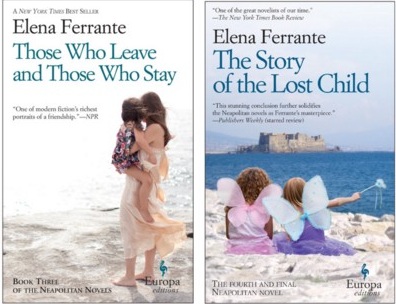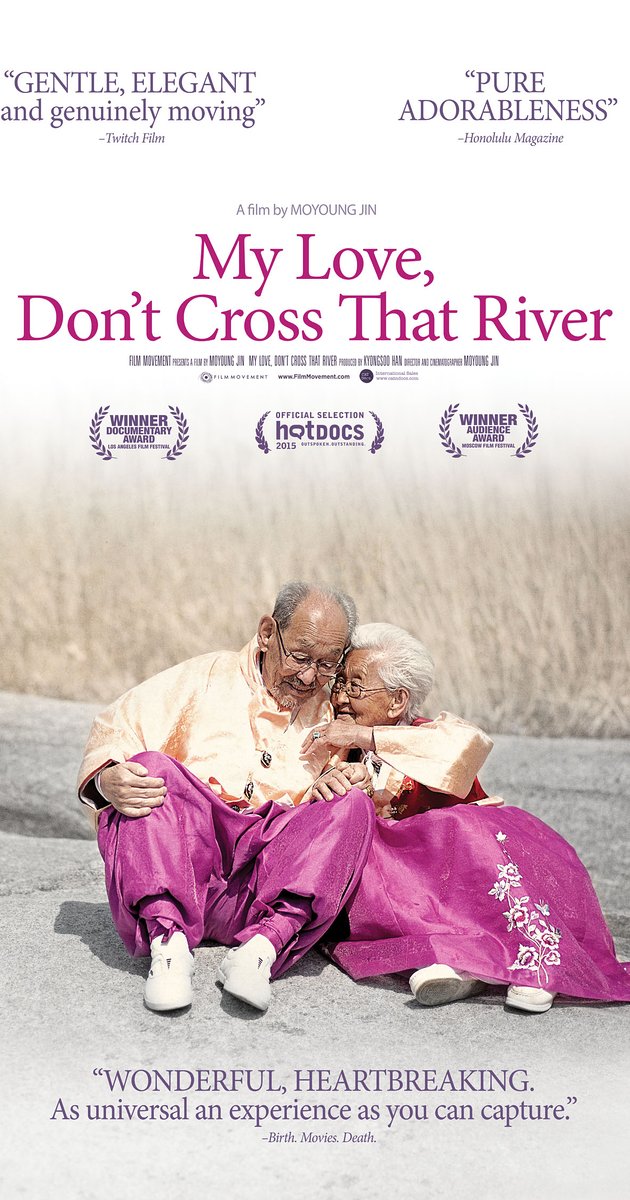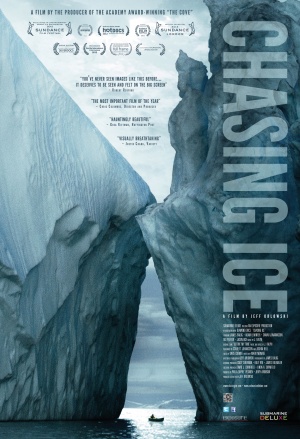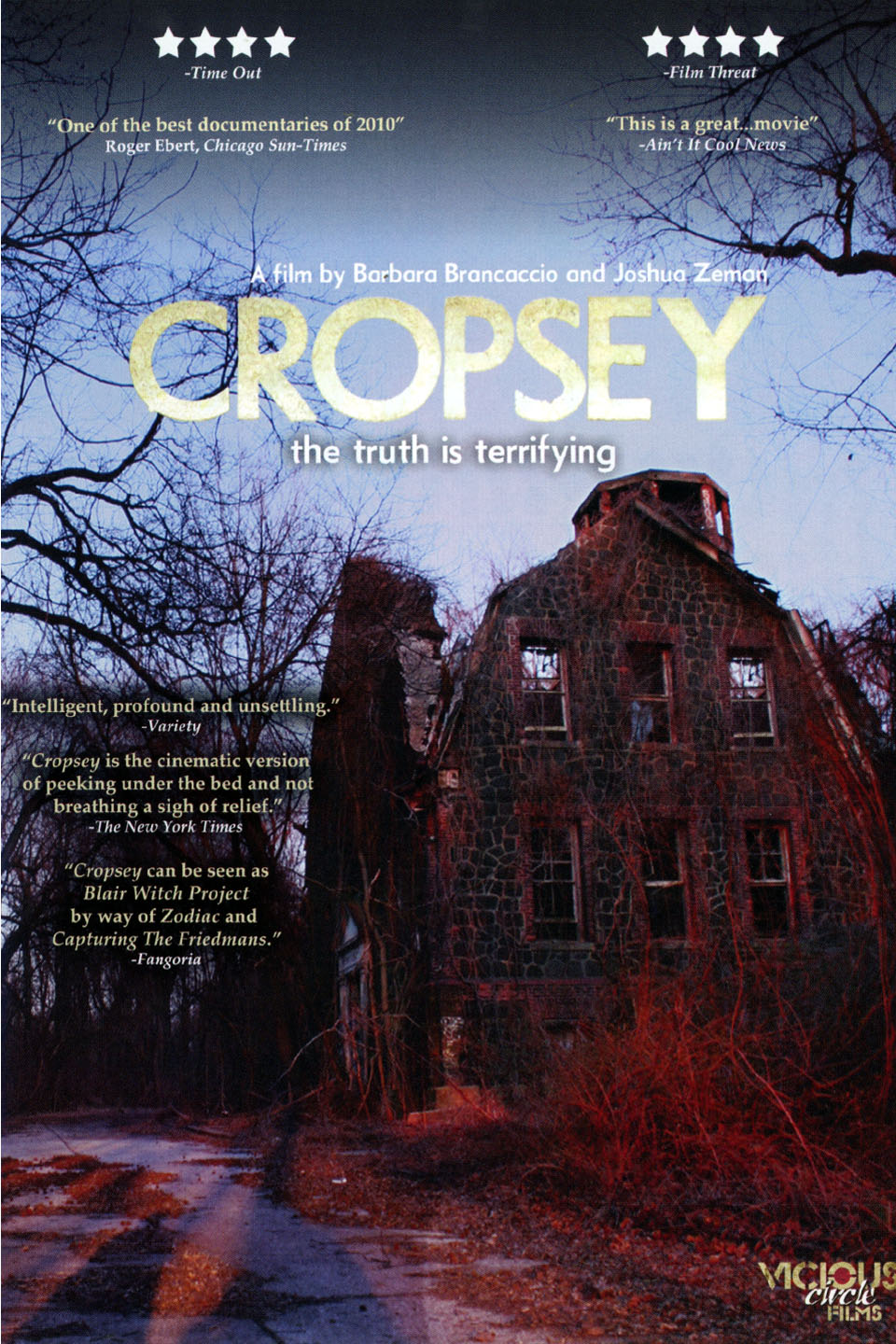Kinda, sorta, but not really reviewed in this post: 8 Books (the last two in Ferrante’s Neapolitan series, two by Krasznahorkai, one by DFW, a tract by The Invisible Committee and a tome by Badiou, and, last by not least, a really beautiful one about trees); 4 Movies (they all ended up being kinda scary); and 8 Documentaries (which are all over the map).
This month, I’m going for waaaay shorter reviews.
Books
1-2. Those Who Leave and Those Who Stay and The Story of the Lost Child (the Neapolitan Series Volumes 3 & 4) by Elena Ferrante.

Well, I didn’t mean to finish this series so quickly but I couldn’t put the books down. Absolutely fantastic. Ferrante is a master storyteller — she writes in a way that appears to be much simpler than it is. Her stories flow incredibly smoothly, her words are chosen carefully, and, when you read her, you think, “I could write like this” until you try to write like this and realize, “what the heck?! I can’t write like this!” In this regard, she reminds me of Delillo… but not in much else because, in many ways, I feel like Ferrante is an antidote to a lot of hot male authors. She’s like the anti-Knausgaard. Or, perhaps, the antivenom to Knausgaard (although, don’t get me wrong, I’m still gonna get the sixth volume of his Struggle when it drops in English, but I am much more suspicious of the parts of me that like Knausgaard than the parts of me that like Ferrante). Still, I don’t want to push this point too far. Friendship, after all, is a central theme of this series… but it is, first and foremost, a friendship between women. Highly recommended.
3-4. Herman & The Last Wolf by László Krasznahorkai.

Krasznahorkai is also a master storyteller but he tells much shorter stories that are no less intricate and careful. In fact, the sentences themselves are far more intricate (The Last Wolf is a single sentence spanning about 72 pages — anyone want to diagram that?). Here, it is not possible to imagine, “hey, I could write like this” because it’s pretty clear that almost nobody can write like this. I enjoyed these short stories very much — they felt almost like chapters left out of Seiobo There Below, although, granted the central themes is rather different than the central themes of that novel (although there are some overlaps in terms of Beauty and Death). I’m looking forward to reading Satantango next. I’m finding this writing style to be very inspiring. Selectively recommended.
5. The Broom of the System by David Foster Wallace.

I think I’m tiring of David Foster Wallace. He is another obviously impressive writer (and he published this one when he was only 24 years old, ffs!), but as my awe of his style, wit, and presentation have faded (and as I’m getting over the urge to demonstrate that I read lengthy, complex novels that are adored by the literati, even as I mock the literati and their pretentiousness, which really makes me uber-pretentious… but now I’m reminding myself of DFW and his well-manicured sincere struggle with his own pretentiousness and relation to this things…), I’m starting to kinda get the impression that, yeah, this guy kinda really was a dick (despite what he said once about fish). I’m getting why he has such a white lit-bro fanbase (which means I might also be kind of a dick).
Tangentially, I went through a similar trajectory with Murakami — an initial fascination followed by a repulsion — only I traversed it much faster with him. Some male authors may be very talented as authors but, regardless of their talent and the complex and intelligent ways in which their male (and other) readers discuss them, I suspect that much of their appeal may actually be rooted in the baser things of contemporary white, adolescent males (things not uprooted as those adolescents grow into men). I’m open to being wrong about this. It’s just a hunch.
6. The Coming Insurrection by The Invisible Committee.

Gosh, this was a really energizing political tract. Every now and again it’s fun to have someone preach to your choir, ya know? It’s good to find sources of (renewed) inspiration in times like these. Recommended reading.
7. Being and Event by Alain Badiou.

I feel unable to review this book so soon after finishing it. Much of it was very difficult for me. A few parts were very exciting. If you’re going to read it, you probably want to work through it with someone who already knows it, or with some basic knowledge of set theory and/or Badiou’s philosophy. Badiou does explain himself, and I found I could follow along in the heavily mathemtical parts if I went slowly enough (for the most part, anyway) but sometimes that was painstakingly slow and the payoff didn’t always feel like it was worth the effort. But, yeah, some parts were really exciting… and I did find a quote I want to use in the opening of my next novel so that’s pretty great because it fits super well with the content of that novel and using will make me look smarter than I am!
8. The Hidden Life of Trees: What They Feel, How They Communicate—Discoveries from a Secret World by Peter Wohlleben.

Trees are people, too. Don’t believe me? Read this book. Then hug a tree. But hold the hug for at least three minutes so the tree becomes aware of what you’re doing and can hug you back (or start secreting a toxin to repel you).
Movies
1. The Birth of a Nation (1915) directed by D. W. Griffith.

This is one of the movies I decided to watch to help myself prepare for the world of Trump since it played a major role in the revival of the KKK in the early 20th century. It’s really long… and it’s hard to read a book while watching silent movies without losing track of what’s going on (it’s actually quite interesting the level of attention that silent films require versus, say, contemporary blockbusters — I think silent movies require a much greater degree of attentiveness and mental engagement).
One thing I got from this movie is that a whackload of white people in the South feel really hard done by that a whackload of white people in the North like black people. In fact, these Southern folk (in the film, that is — today there are plenty of ’em in the North, too) have never gotten over the losses they experienced when, amongst other things, slaves were taken away from them (if you believe the movie, this was a hard thing for the slaves to have to accept as well). Meanwhile, these same white folks keep telling black folks that they need to get over slavery because, you know, it was so long ago. But, all the while, these whites have never gotten over slavery and how much they miss it! The USofA is fucked, yo. Actually, the way things are going, maybe we all are.
2. It Follows (2015) directed by David Robert Mitchell.

This was the tensest horror movie I have watched in a long time. It scared the bejesus out of me — but in a way I really like (not with gore or torture porn or sexualized violence… I can’t stand any of that stuff in horror movies and tend to avoid films that feature that kind of stuff, especially the sexualized violence… but with this slowly building, constantly present sense of dread). It wasn’t entirely satisfying in terms of how it explains itself and how it ends but those plot holes didn’t stop it from making me feel spooked when I was trying to fall asleep afterwards, dangit.
3. The Others (2001) directed by Alejandro Amenábar.

This film is often rated amongst the best suspense-horror films since 2000 but I didn’t think it was that great. Nicole Kidman is pretty great in it, though. I wouldn’t seek it out but if it happens to be on late at night and you’ve got nothing else to watch or do then, hey, sure, why not?
4. The Girl With All the Gifts (2016) directed by Colm McCarthy.

[SPOILERS]
A few years ago (Dec 2014), I was looking through various “best books of the year” lists online and I remember reading about a book called “The Girl With All the Gifts” and what I read basically said, “don’t learn about this book before reading it so you don’t spoil it for yourself!” So, I didn’t. I just filed the title away in the back of my mind and then slowly came to the realization that I probably wouldn’t make it to the book because other novels kept staying higher up on my list of things to read (I have this problem when it comes to participating in my book club as well). So, when I stumbled onto the movie, I gave it a watch. It had been awhile since I watched a zombie film. I thought it was decent. I appreciated the ending, although I thought The Cabin in the Woods did that sort of thing better.
Documentaries
1. We Can’t Make the Same Mistake Twice (2016) directed by Alanis Obomsawin.

I think this movie is essential viewing for all Canadians. It details how the government very violently discriminates against Indigenous children living on reserves via the way the child welfare system is structured there (this is what people are on about when they talk about racism as a structure rather than as a subjective attitude — it helps to show that reverse racism isn’t a thing because legal and financial structures, like the ones explored in this documentary, have not be switched around and deployed in this violent manner against settler populations). It also shows how Canada was willing to play every possible dirty legal trick, and spend a shit ton of money, to not be held accountable for this. The film follows a particular advocate, Cindy Blackstock, and her legal team on their 9 year court case against the government of Canada. The movie ends with legal victory for Blackstock and Co. but, since then, the government has refused to change its practices (despite what the highest courts in Canada have concluded — and, remember, this is the Liberal government of T2, the handsome white Prime Minister with the Haida tattoo, not the Conservative government of Harper the colonialism denier) and so back to court everyone has gone again. It’s a long film full of talking heads but it’s very educational. Recommended.
2. Triumph of the Will (1935) directed by Leni Riefenstahl.

Wow, the Nazis liked flags almost as much as the Americans. Spectacular. This was the second film I watched to prepare for a Trump presidency — Riefenstahl’s documentary/propaganda piece about the Nazi’s 1934 Nuremberg Rally. It was fascinating to see so many notorious folks, at such a pivotal moment in history, being portrayed in a manner in which they desired to be portrayed. And, even though it was in German with English subtitles, it felt as American as apple pie.
3. West of Memphis (2013) directed by Amy Berg.

I forgot that Berg has a thing for using violent audio or video recordings in a manner that feels exploitative to me. She did that with an audio recording of a sexual assault in Prophet’s Prey, which she sprung unannounced on the audience, who only realizes partway through what they are listening to (this is completely inexcusable and I wish I had remembered that she did this before watching any more of her documentaries) and she does it again in this film by repeatedly and superfluously showing video of dead kids being found and pulled out a river west of Memphis. I don’t think I’ll bother with any more of her films.
That said, the story of the West Memphis Three, is an important story of cops railroading innocent kids, strictly based upon the way they look and the fact that they are kind of misfits, and getting them convicted for crimes they never committed (and of which the cops knew they were innocent). It took a lot of years, but at least enough pressure and attention were applied to finally get those kids-now-middle-aged-adults out of prison. Sadly, this kind of railroading is far too common and most people don’t get wealthy and famous people like Eddie Vedder or Peter Jackson lining up over the long haul to get them out.
4. My Love, Don’t Cross that River (2014) directed by Jin Mo-Young.

A beautiful story about an old married couple living in rural Korea (in rather poor economic conditions, although their matching outfits are pretty awesome, and now I totally want matching outfits for Jess and I). Reviewers elsewhere either loved it (“it’s soooo sweet and touching!”) or hated it (“it’s so manipulative of our emotions!”) but I fall into the loved it category. I laughed, I cried, I fell in love and longing for this kind of gentle affection. Would that we all treated one another this way. Recommended viewing.
5. Chasing Ice (2012) directed by Jeff Orlowski.

Apparently some people wouldn’t believe that icecaps and glaciers around the world have been melting (this thing called “climate change” or “global warming”) until they saw time lapse videos of those that happening over a number of years. This documentary is about the fellow who took those videos. I mostly watched it because of the beautiful scenery. I’ll miss the world when it’s gone.
6. The Gleaners and I (2000) directed by Agnés Varda.

This is a highly praised documentary, both in film circles and even in some resistance circles. In it, Varda examines the history of gleaning in France (a legally permitted practice in most rural communities) and how that has shifted, not only in rural environments, but has come into play in urban environments as well. It explores issues of poverty but also issues related to those who willingly choose to drop-out of society or who refuse to buy into the ways in which we are supposed to live and act. For whatever reason, it didn’t totally connect with me personally, but if anyone else watches it, I’d be curious to hear your thoughts.
7. Do Not Resist (2016) directed by Craig Atkinson.

This is very high on my recommended viewing these days. An internal look at the culture of normalized and racialized violence that exists within the policing of America (“we are a people of violence — but of righteous violence! of just violence!” says the fellow training police officers [who also tells them that they will have the best sex of their lives after they get home from shooting or beating people]), it does an excellent job of showing rather than telling why this might be very, very troubling (a lot of docs tell — all the talking heads, etc. — but this one does a good job of having the videos speak for themselves). Grab a group of friends and watch this one.
8. Cropsey (2009) directed by Joshua Zeman and Barbara Brancaccio

At first I wasn’t going to watch Cropsey because I knew it dealt with children who disappeared and were probably murdered (some were murdered for sure) on Staten Island back in the ’70s and ’80s. I didn’t really want to dwell on images of such things. Especially after what Berg did with the video clips in West of Memphis. I’m too traumatized by all the violence I have witnessed, or have seen marked on the bodies and lives of loved ones and folks whom I have tried to serve, to be well equipped to cope with viewing such things in movies these days. But then I did some research and learned the doc was maybe more of a legal whodunnit, suggesting that the mentally handicapped man who was convicted of the crimes was railroaded by the cops. So I watched the doc. I found it fairly disappointing. Also, it contained video footage from Geraldo Rivera’s expose of the Willowbrook mental institution (basically a torture centre for kids with various mental disabilities) and that kinda shattered me for awhile (as I mentioned in my last post). I’d give this one a pass.